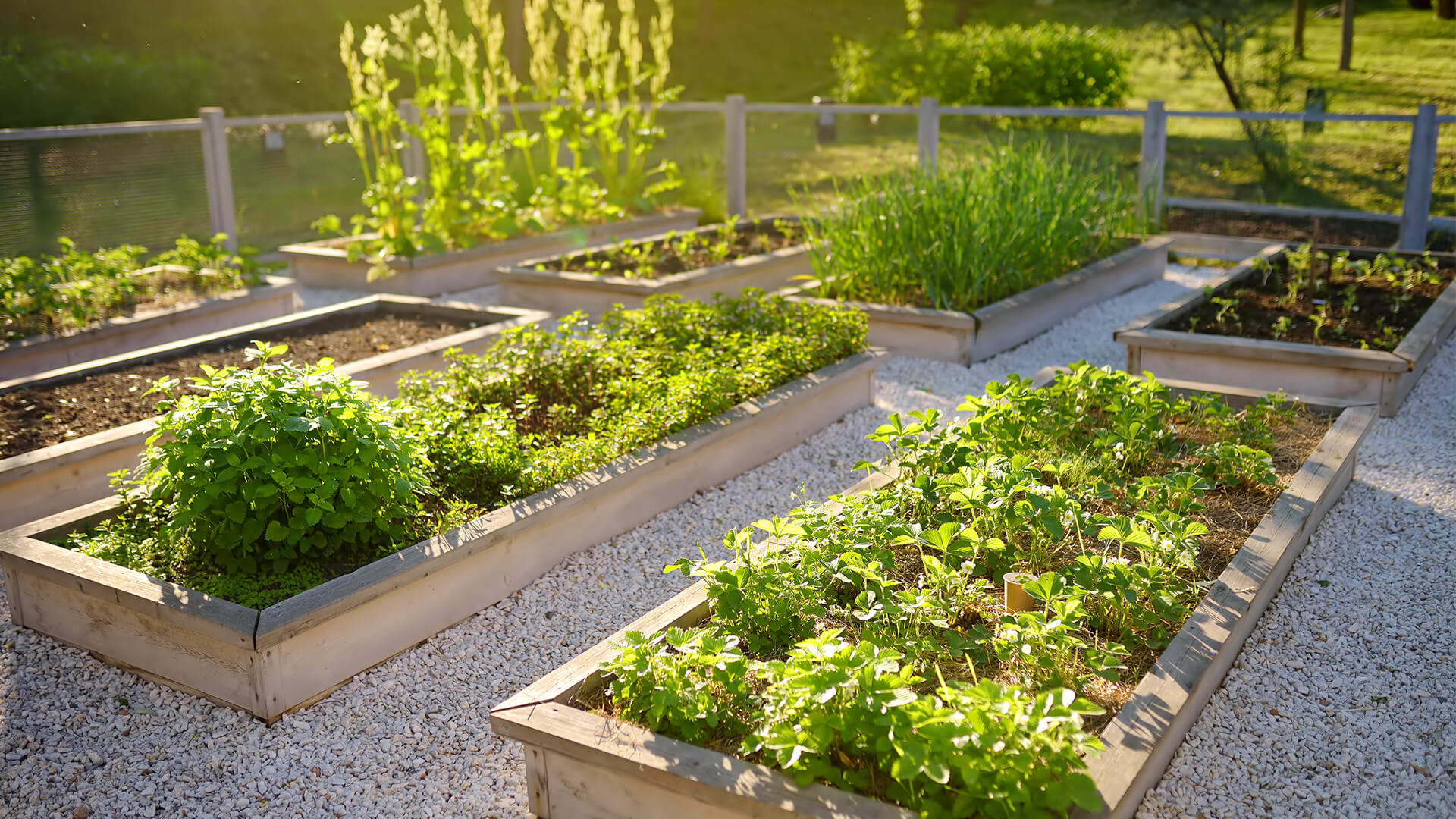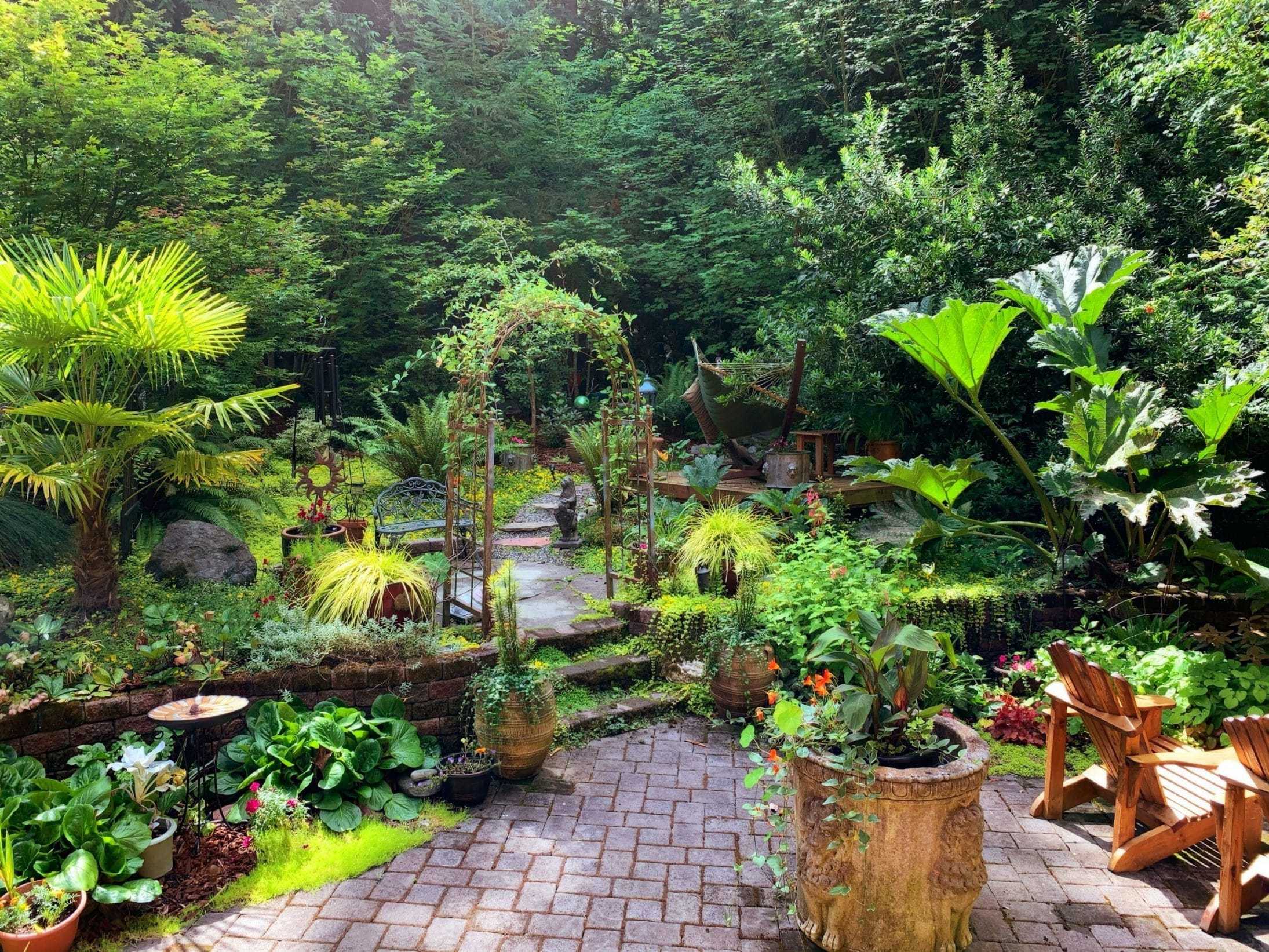How to Design a Sustainable Garden for Beginners

Are you dreaming of a lush, eco-friendly garden but don't know where to start? Imagine transforming your outdoor space into a thriving ecosystem that not only looks beautiful but also benefits the environment. Designing a sustainable garden is like creating a harmonious symphony where every plant, insect, and drop of water plays a crucial role. Let's dive into this beginner's guide to help you cultivate your green thumb and create a sustainable sanctuary.
Understanding Sustainable Gardening
Sustainable gardening is about more than just growing plants; it's about creating a balanced ecosystem that supports biodiversity and conserves resources. By adopting eco-friendly gardening practices, you can reduce your environmental footprint and create a garden that is both beautiful and beneficial.
What is Sustainable Gardening?
Sustainable gardening focuses on using natural resources efficiently, minimizing waste, and promoting biodiversity. It involves choosing sustainable plants, using organic fertilizers, and implementing water-saving techniques. Think of it as a partnership with nature, where you work with the environment rather than against it.
Beginner Garden Design: Key Principles
Before you start digging, it's essential to understand the key principles of sustainable garden design. These principles will guide you in creating a garden that is both aesthetically pleasing and environmentally friendly.
Choose the Right Location
The first step in designing a sustainable garden is selecting the right location. Consider factors like sunlight exposure, soil quality, and water availability. A well-chosen site can significantly impact the health and growth of your plants.
Select Sustainable Plants
Choosing the right plants is crucial for a sustainable garden. Opt for native plants that are adapted to your local climate and require less water and maintenance. Native plants also support local wildlife and contribute to biodiversity.
Implement Water-Saving Techniques
Water is a precious resource, and sustainable gardening aims to conserve it. Techniques like rainwater harvesting, drip irrigation, and mulching can help you use water more efficiently. By capturing and storing rainwater, you can reduce your reliance on municipal water supplies.
Eco-Friendly Gardening Practices
Adopting eco-friendly gardening practices is essential for creating a sustainable garden. These practices not only benefit the environment but also enhance the overall health and beauty of your garden.
Use Organic Fertilizers
Organic fertilizers are derived from natural sources like compost, manure, and plant residues. They improve soil health, promote plant growth, and reduce the need for synthetic chemicals. Composting your kitchen scraps and yard waste is an excellent way to create your own organic fertilizer.
Promote Biodiversity
A diverse garden is a healthy garden. By planting a variety of plants, you can attract beneficial insects, birds, and other wildlife. These creatures help control pests, pollinate flowers, and maintain the ecological balance of your garden.
Practice Integrated Pest Management
Integrated Pest Management (IPM) is a holistic approach to pest control that focuses on prevention and minimizes the use of chemical pesticides. IPM involves monitoring your garden for pests, using physical barriers, and encouraging natural predators. By adopting IPM, you can create a healthier and more sustainable garden.
Garden Maintenance: Tips for Success
Maintaining a sustainable garden requires ongoing care and attention. Here are some tips to help you keep your garden thriving:
Regular Watering and Mulching
Consistent watering is essential for plant health, but it's important to avoid overwatering. Mulching helps retain soil moisture, suppresses weeds, and regulates soil temperature. Use organic materials like wood chips or straw for mulching.
Pruning and Deadheading
Pruning and deadheading are important maintenance tasks that promote plant health and encourage new growth. Regular pruning helps control plant size and shape, while deadheading removes spent flowers and prevents seed formation.
Monitor for Pests and Diseases
Regularly inspect your plants for signs of pests and diseases. Early detection and treatment can prevent problems from spreading and damaging your garden. Use natural and organic remedies whenever possible to control pests and diseases.
Green Garden Tips for Beginners
Here are some additional green garden tips to help you create a sustainable and eco-friendly garden:
Create a Compost Pile
Composting is a great way to reduce waste and create nutrient-rich soil for your garden. Start a compost pile with kitchen scraps, yard waste, and other organic materials. Over time, these materials will break down into compost that you can use to fertilize your plants.
Use Permeable Surfaces
Permeable surfaces like gravel, wood chips, and permeable pavers allow water to soak into the ground rather than running off. This helps reduce erosion, recharge groundwater, and filter pollutants. Consider using permeable surfaces for walkways, patios, and other hardscape elements in your garden.
Plant Trees and Shrubs
Trees and shrubs provide numerous benefits, including shade, habitat for wildlife, and carbon sequestration. Choose native trees and shrubs that are well-suited to your local climate and require minimal maintenance.
Conclusion
Designing a sustainable garden is a rewarding journey that connects you with nature and promotes environmental stewardship. By following the principles and practices outlined in this beginner's guide, you can create a beautiful and eco-friendly garden that benefits both you and the planet. Remember, sustainable gardening is about working with nature, not against it. Embrace the process, learn from your experiences, and enjoy the beauty of your sustainable garden.
FAQs
What are the benefits of sustainable gardening? Sustainable gardening offers numerous benefits, including reduced water usage, improved soil health, increased biodiversity, and lower maintenance costs. It also contributes to a healthier environment by reducing pollution and conserving natural resources.
How do I choose the right plants for my sustainable garden? Select native plants that are adapted to your local climate and soil conditions. Native plants require less water and maintenance and support local wildlife. Consider factors like sunlight exposure, soil type, and water availability when choosing plants.
What is integrated pest management (IPM)? IPM is a holistic approach to pest control that focuses on prevention and minimizes the use of chemical pesticides. It involves monitoring your garden for pests, using physical barriers, and encouraging natural predators to maintain a healthy ecological balance.
How can I conserve water in my garden? Implement water-saving techniques like rainwater harvesting, drip irrigation, and mulching. Choose drought-tolerant plants and group plants with similar water needs together. Regularly monitor your garden for signs of overwatering or underwatering.
What are some common mistakes to avoid in sustainable gardening? Common mistakes include overwatering, using synthetic fertilizers and pesticides, and choosing non-native plants that require excessive maintenance. Avoid these mistakes by following the principles of sustainable gardening and adopting eco-friendly practices.

:max_bytes(150000):strip_icc()/139808482-56a5863f3df78cf77288b18b.jpg)
0 Response to "How to Design a Sustainable Garden for Beginners"
Post a Comment